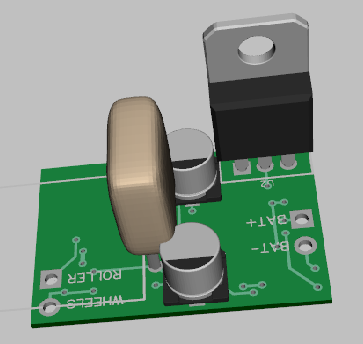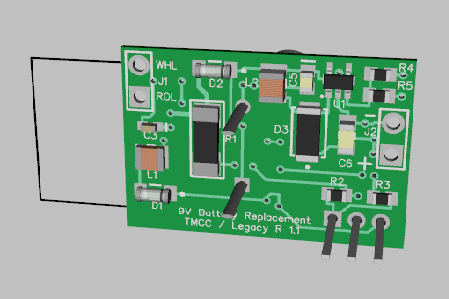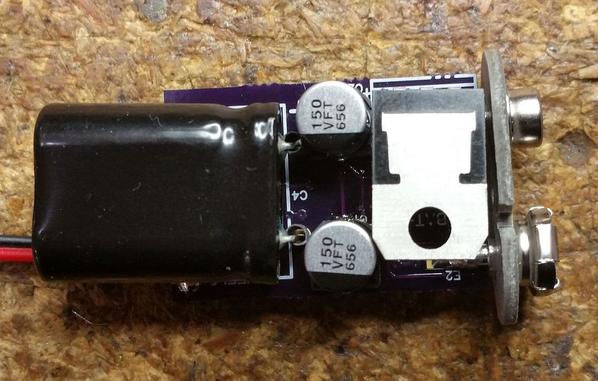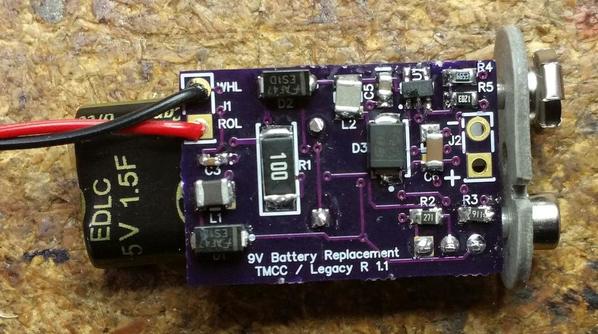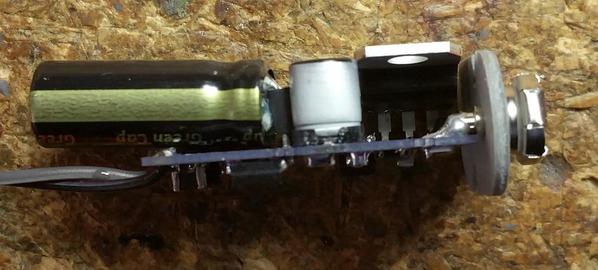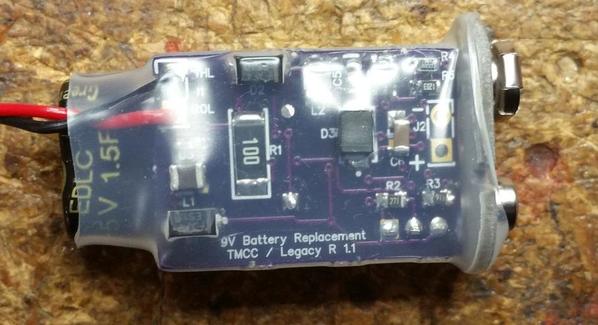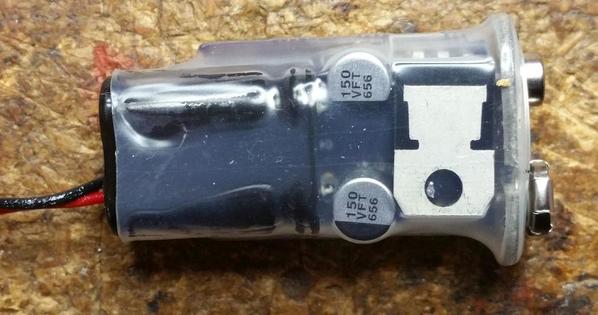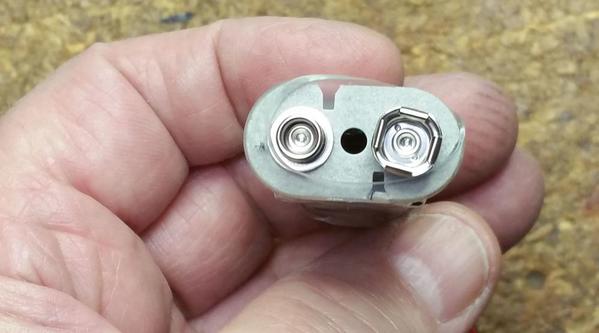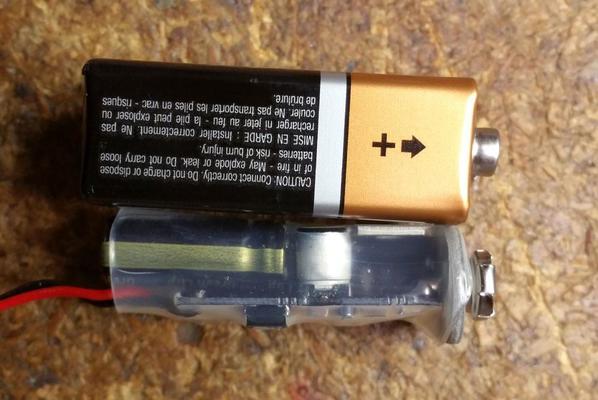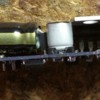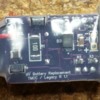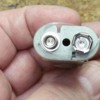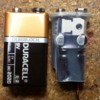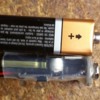Yep, currently offering kits would be the only way I could do this. I don't see any way I could justify going to production on this, the up front costs are quite large. I also can't see me hand assembling a bunch of these, too time consuming.
Stan,
I just wanted to make sure people really saw the warning about the common grounds.  That's the most vexing issue, I really would like it to be a universal solution.
That's the most vexing issue, I really would like it to be a universal solution.
Ideally, I'd find a isolated switcher circuit, since it's running at a higher frequency, the transformer would be much smaller to achieve the isolation. Also, having the unit be able to charge and discharge simultaneously gives it a wider application base, you can use it to power some low powered sound board or other accessory as a pass-thru and then to hold up the voltage for power interrupts. The relay would be my second choice, it makes the battery eliminator more limited in it's application.
I haven't found an isolated switcher circuit that was small enough for the job yet, so the relay may be it. If anyone has an idea of a switching circuit that offers isolation, I'm all ears. The one I'm using is pretty small, I'm probably not going to find something that small. However, it just has to be small enough to squeeze into the form factor, and I still have room on that side of the board.
I could use the J-Lead model of the IM relay I use for other projects to minimize the footprint, but it's still kinda' large. I'll have to think about how it would fit and still keep the size in check.





